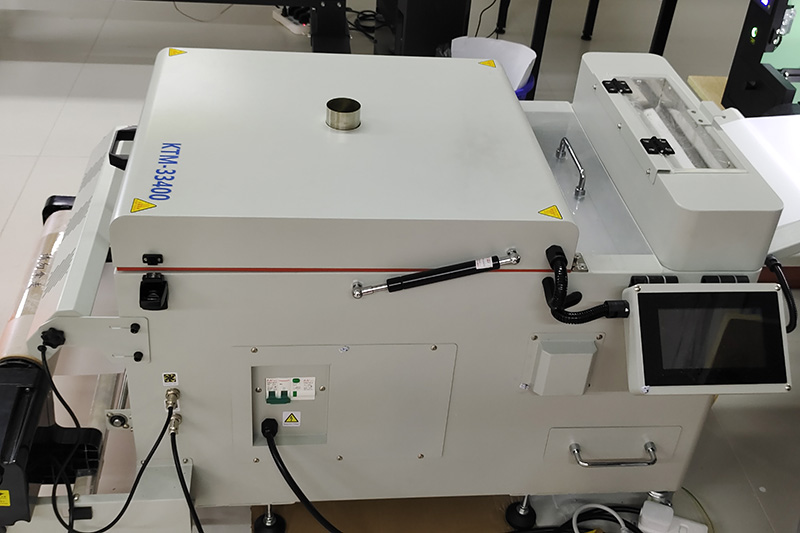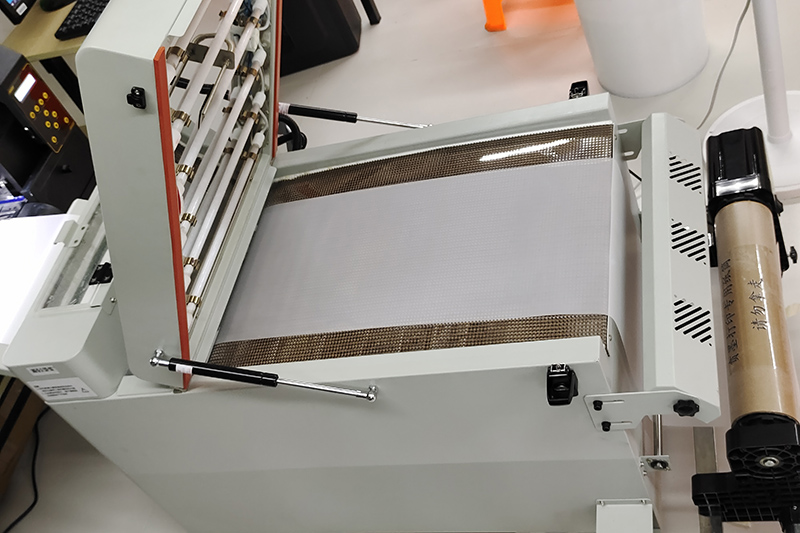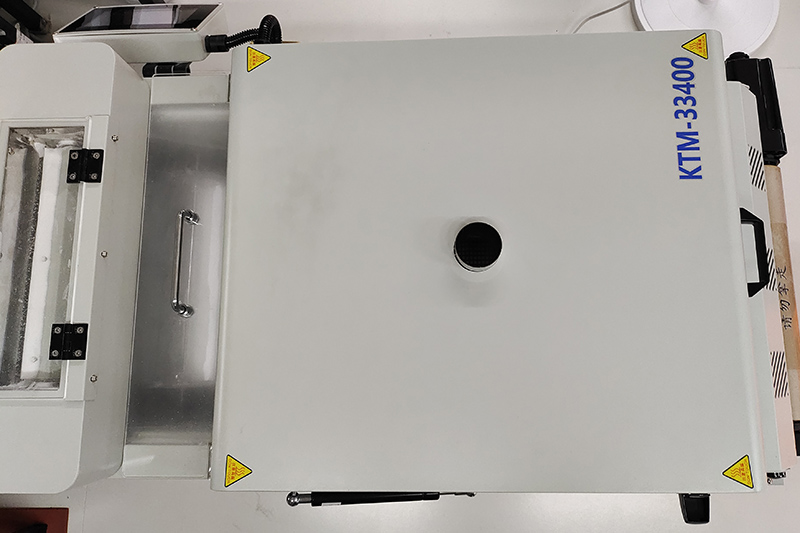When dealing with a powder shaker that is overheating, it is crucial to troubleshoot and resolve motor and electrical issues promptly. Here's a guide to help you address these problems:

1. Check the Environment:
- Ensure that the powder shaker is operating in a well-ventilated area. Adequate airflow helps dissipate heat and prevents overheating. Remove any obstructions around the shaker that may impede proper ventilation.
2. Motor Inspection:
- Inspect the motor for any signs of damage or malfunction. Look for loose wires, frayed cables, or worn-out components. If any issues are found, consult the manufacturer's documentation or contact their support for guidance on repairing or replacing the motor.
3. Motor Lubrication:
- Check if the motor requires lubrication. Some powder shakers have specific lubrication requirements for the motor. Refer to the user manual or manufacturer's recommendations for the appropriate lubricant and instructions on how to apply it correctly.
4. Voltage and Power Supply:
- Verify that the powder shaker is receiving the correct voltage and power supply within its specified range. An underpowered or overpowered supply can cause the motor to overheat. If necessary, consult an electrician to ensure the power supply matches the shaker's requirements.
5. Electrical Connections:
- Check all electrical connections, including power cords, plugs, and terminals. Ensure they are secure and free from damage or loose connections. Faulty or loose connections can lead to increased resistance and overheating. Tighten or repair any damaged connections as necessary.
6. Control Panel and Settings:
- Review the control panel settings of the powder shaker. Check if there are any settings that may be causing excessive motor operation or heat generation. Adjust the settings as needed, ensuring they are within the recommended ranges specified by the manufacturer.
7. Overload Protection:
- Some powder shakers may have built-in overload protection mechanisms. If the motor is consistently overheating, it could be due to an overload condition. Refer to the user manual or contact the manufacturer for guidance on adjusting or troubleshooting the overload protection settings.
8. Regular Maintenance:
- Follow the manufacturer's recommended maintenance schedule for the powder shaker. Regularly clean and inspect the shaker for any accumulated powder, debris, or obstructions that could impede motor operation or airflow. Clean or remove any obstructions as needed.

If the troubleshooting steps mentioned above do not resolve the overheating issue with the powder shaker, it is recommended to contact the manufacturer's technical support for further assistance. They can provide specific troubleshooting steps based on the model and make of the powder shaker or arrange for a service technician to diagnose and repair the problem.
kenteer has launched DTF Powder Shaker for customers . If you have any needs, you can contact us for a quote.

